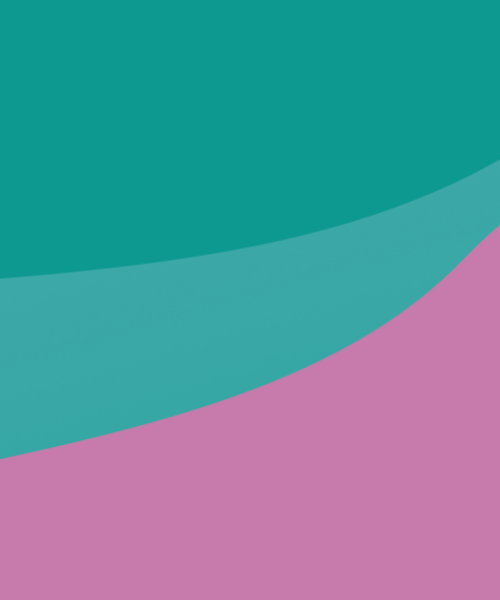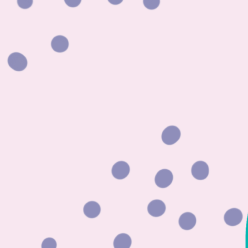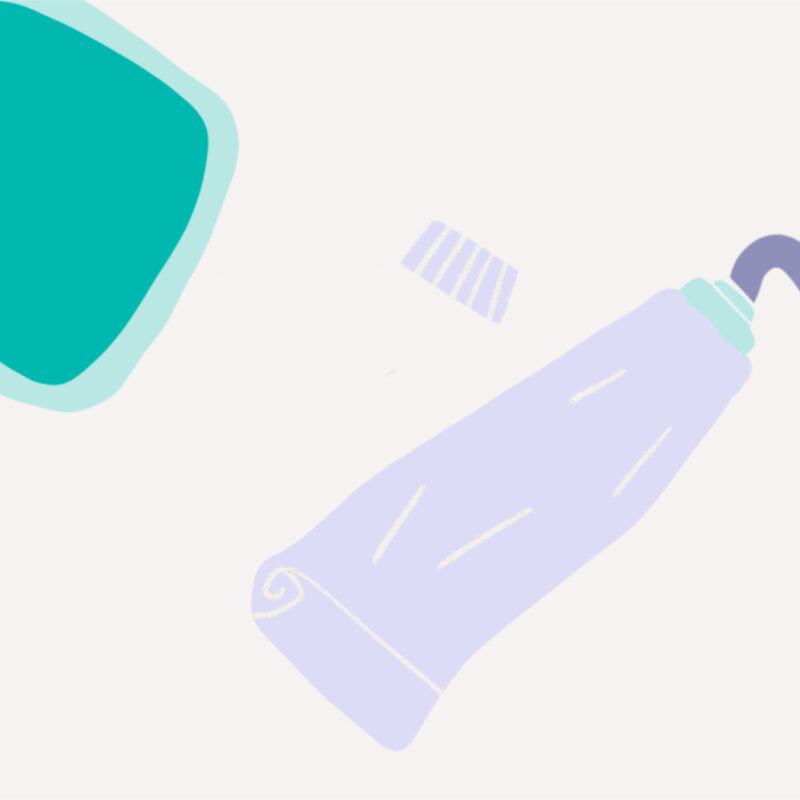Do I have an overactive bladder?
Frequently needing to go to the toilet – urgently – during perimenopause and menopause is common but treatments are available
Does the saying ‘when you’ve got to go, you’ve got to go’ ring true for you? Overactive bladder syndrome (OAB) is urinary urgency – where you experience a sudden, compelling need to wee that’s difficult to put off. It might or might not be accompanied by urge incontinence (when you sometimes leak urine before making it to the toilet) or nocturia (the need to regularly get up and pass urine in the night) [1].
Overactive bladder is a symptom, not a disease, and is not usually painful but it does affect the quality of life of millions of women worldwide.
What causes overactive bladder syndrome?
Although overactive bladder can affect anyone, adult women are most commonly affected, and incidence increases with age. Many women do not seek help as they believe it’s a natural part of ageing or a consequence of childbirth.
While there are numerous potential causes of OAB – including urinary tract infection, medicines, certain conditions, drinking excess fluids, or alcohol or caffeinated drinks – hormonal changes can have an impact.
RELATED: Urinary incontinence in menopause: are you ignoring the symptoms?
Is perimenopause or menopause to blame?
Studies have indicated that perimenopause and menopause are risk factors for the development of pelvic floor disorders, and the urinary symptoms of these disorders increase significantly after menopause [2,3].
Newson Clinic GP and Menopause Specialist Dr Clair Crockett says: ‘The loss of the hormones during perimenopause and menopause can also affect the epithelium, the cells that form the top covering of your bladder, your urethra and your vulva, making them more sensitive, thinner, less flexible and less robust. This extra sensitivity can increase overactive bladder symptoms and bring on strong feelings of urgently needing to urinate.’
RELATED: Pelvic floor and hormones
Can I treat an overactive bladder?
A doctor or nurse may take a urine test to check for infection and you may be asked to complete a Bladder Diary to help healthcare professionals better understand your symptoms.
You may also have a test to assess how quickly you pass urine and the amount of urine passed, this is called a flow test or uroflow test. This is performed by passing urine into a machine that will measure the strength of your urine flow. It is usually followed by a post-flow ultrasound test to see if you have emptied your bladder completely.
Bladder training, under the supervision of a specialist nurse or physiotherapist, can teach your bladder to hold more urine and empty less frequently.
Growing evidence suggests using topical vaginal oestrogen in postmenopausal women can be of benefit, as can vaginal DHEA/prasterone. Other medications are sometimes considered, and can include oxybutynin and mirabegron, both of which relax the muscles around your bladder so it can hold more liquid, and Botox, which stops the muscle wall from squeezing too much. However, some women experience side effects with these medications so it is usually preferable to try hormones first before these treatments.
RELATED: Vaginal hormones: what you need to know
Lifestyle factors – such as reducing your caffeine intake, drinking the recommended fluid intake, achieving a healthy weight – can all help so it’s well worth seeking help to find the right treatment plan for you.
References
1. International Continence Society ‘Overactive bladder (OAB, urgency) syndrome’
2. Rahn D.D., Ward R.M., Sanses T.V. et al. (2015), ‘Vaginal estrogen use in postmenopausal women with pelvic floor disorders: systematic review and practice guidelines’, International Urogynecology Journal, 26 pp3-13. doi: 10.1007/s00192-014-2554-z
3. Matarazzo M.G., Sarpietro G., Fiorito D., Di Pasqua S., Ingrassano S., Panella M.M., Cianci A., Caruso S. (2021), ‘Intravaginal 6.5 mg prasterone administration in postmenopausal women with overactive bladder syndrome: A pilot study’, Eur J Obstet Gynecol Reprod Biol, 263 pp67-71. doi: 10.1016/j.ejogrb.2021.06.009.





